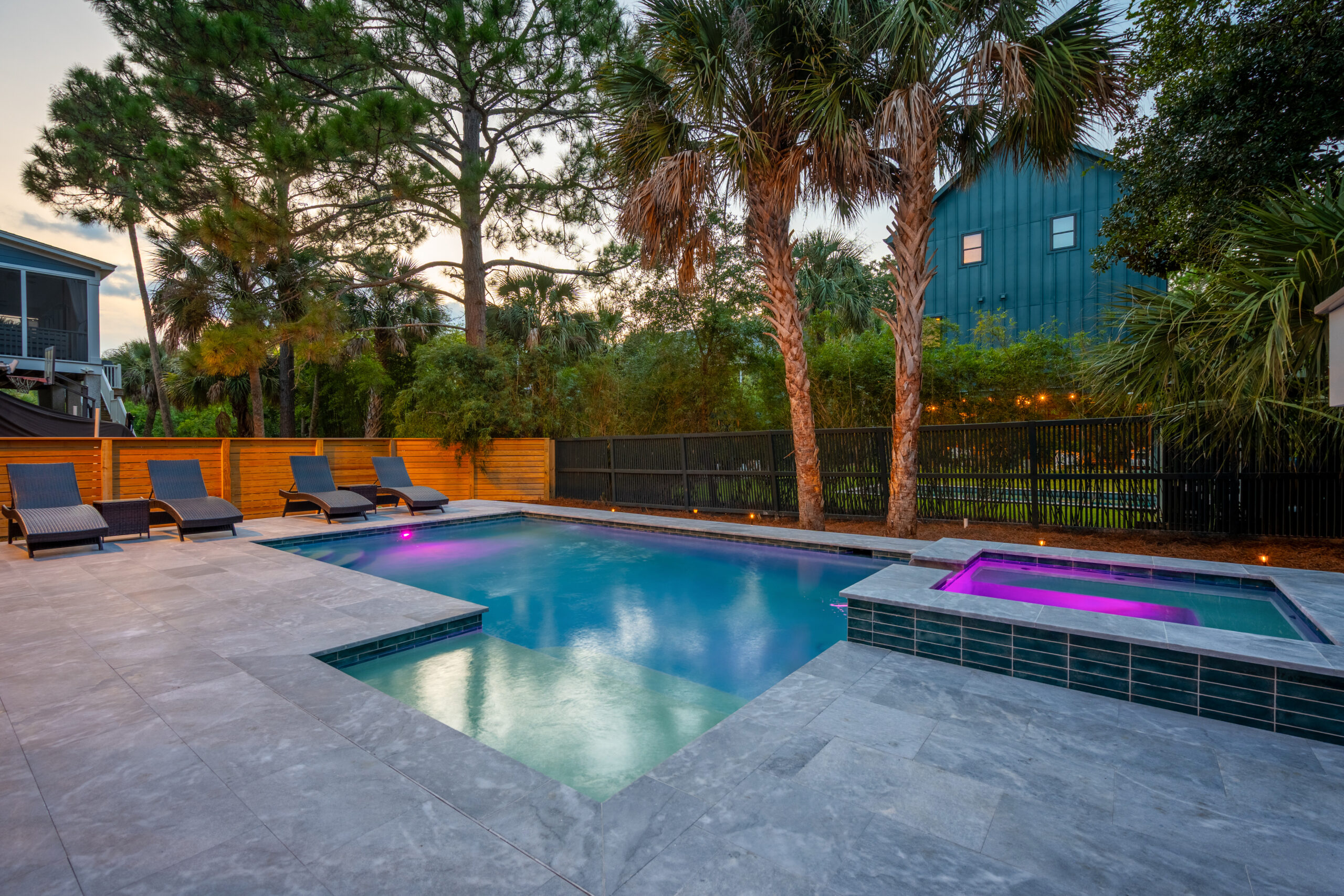How to Read and Understand Your Pool Chemistry Kit
Pool chemistry kits come in various forms—test strips, liquid drop kits, and digital testers. Regardless of the type, the goal is the same: to monitor the health of your water. Here’s what you need to know:
1. Test Strip Kits
Dip a strip into the pool water and compare the colors to the chart on the bottle. They’re fast and easy, though less precise than liquid tests.
2. Liquid Drop Kits
Add pool water to a vial, then count drops of reagents to see color changes. More accurate and preferred for long-term maintenance.
3. Digital Testers
These offer precise readings and store past results. Ideal for tech-savvy owners or those managing complex water chemistry.
What to Test For:
- Chlorine (Free & Total): Sanitizes your water. Free chlorine should be 1–3 ppm.
- pH: Should be between 7.2 and 7.8. Affects swimmer comfort and chemical effectiveness.
- Alkalinity: Buffers pH. Aim for 80–120 ppm.
- Calcium Hardness: Too low = corrosive water; too high = scaling. Ideal range: 200–400 ppm.
- Cyanuric Acid (Stabilizer): Protects chlorine from UV rays. Optimal range: 30–50 ppm.
- Salt (if applicable): For salt systems, ideal levels range from 2,500–3,500 ppm.
Testing should be done 2–3 times per week, especially in warm weather or after heavy use.

Pro Tip
Always test before adding chemicals. This prevents overdosing and helps you make accurate adjustments.
FAQ
Can I mix test methods (strips and drops)?
You can, but be consistent with one method for best results over time.
What causes test results to vary day to day?
Temperature, sun exposure, swimmer load, and rain can all impact water chemistry.
My chlorine is high—can I still swim?
If it’s above 5 ppm, wait until levels drop for safety and comfort.